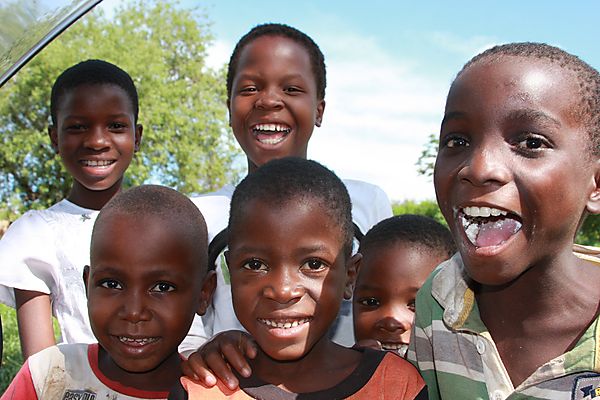Photography in Africa
Parent page
On this page
The scenes and people you will see in Africa are very unique, but do not be tempted to just start snapping when you see someone walking past. Always ask permission before you photograph local people, in some countries it can cause offence and bear in mind you wouldn't like it if someone pointed their camera at you in your home country. If you are on a guided tour your guide will let you know if it is ok to take photos of people, very often they will expect some form of payment.
Children generally love to have their photos taken, especially if you are able to show it to them from your camera - but then you may have to explain why they can not have a copy.
Do not take photographs in any military area, airports, ports, border crossings etc.. Don't take photos of bridges, harbors, military installations, army personnel, railway stations, airports, border crossing etc., If you do, you might be arrested and you are likely to have your camera equipment confiscated.
If you have a digital camera, ensure you have at least one spare memory card with you and a fully charged spare battery. You will also need a lens hood and as there can be a lot of glare in the bright African sunlight a polarizer/filter is recommended as it will increase the saturation of vegetation in particular. Travel in Africa, especially in remote areas and national parks can be very dusty, so ensure you have dust protection for your photographic equipment.
If you are travelling for an extensive period of time, when you get to a town, it would be worth downloading your photos and either burn them to DVD or store them on the Internet at a website such as dropbox
The best times for wildlife activity are early morning and late afternoon. This is also the best time for photography as the light is soft and gives more definition of your subject against its background. It gets hot out there and animals like to take it easy in the hottest parts of the day just as we do and during the hot parts of the day the light can be too harsh.
You will most likely be in a vehicle which makes a tripod impractical, try using a beanbag or a cloth bag filled with uncooked rice. It can be moulded easily to any surface and your cameras base at will. If you are on a walking safari a monopod with a detachable camera shoe is the best for quick and easy photos and can also be a handy walking stick.
Animals are often in the distance so to get the best wildlife shots you will most of the time (not always!) need a zoom lens. Consult a camera stockist before you go as to the best one for your camera (300 - 500mm is usual)
Always respect wildlife while in Africa, they can scare easily so be aware of using your flash. Do not use flashes when at a waterhole at night or on night time game drive. There are some good techniques that you can use to take photographs at night, and many vehicles will have a spotlight so you can capture the scene in a long exposure.
Turn off all the noises on your digital camera, this includes start-up, focus, shutter sounds. This is partly to prevent you from frightening the wildlife.
If you are a serious photographer then you may want to consider going on a private photographic safari. The advantages are huge, the main one being that you can stop when you see a good photo opportunity for as long as you wish, plus you can choose the best seats in the vehicle. If there are 2 or more of your travelling in a group opting for a private safari generally does not have to be more expensive.
Photographic Safaris Holidays in Africa
Our Africa Photo Library


